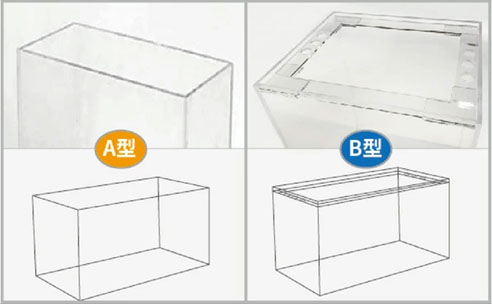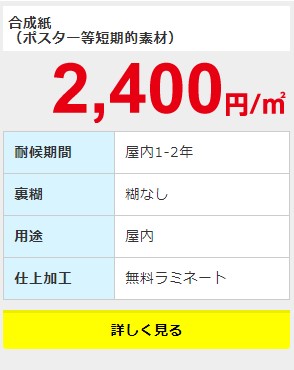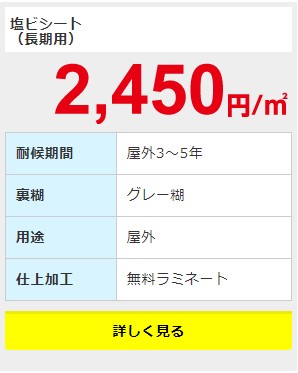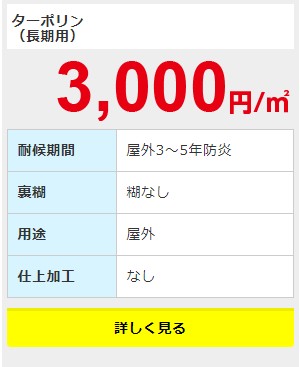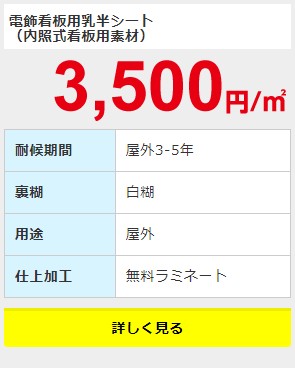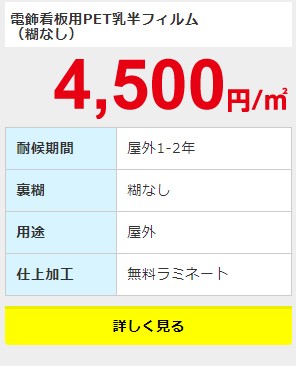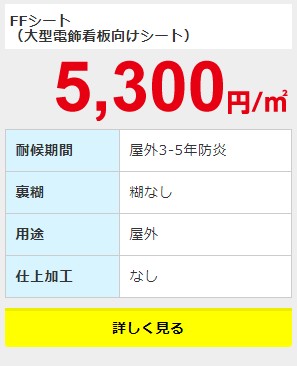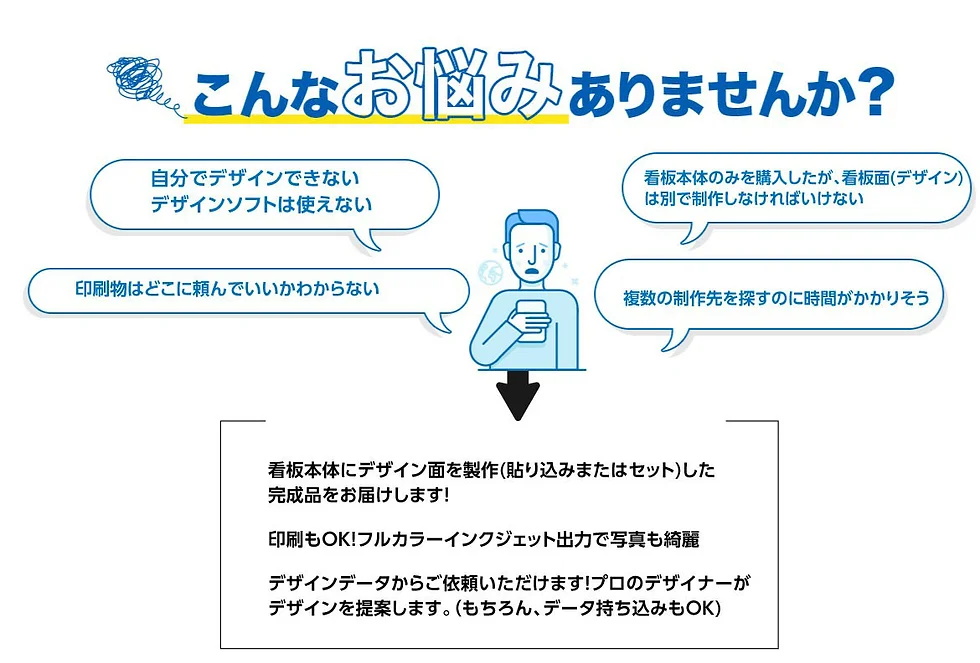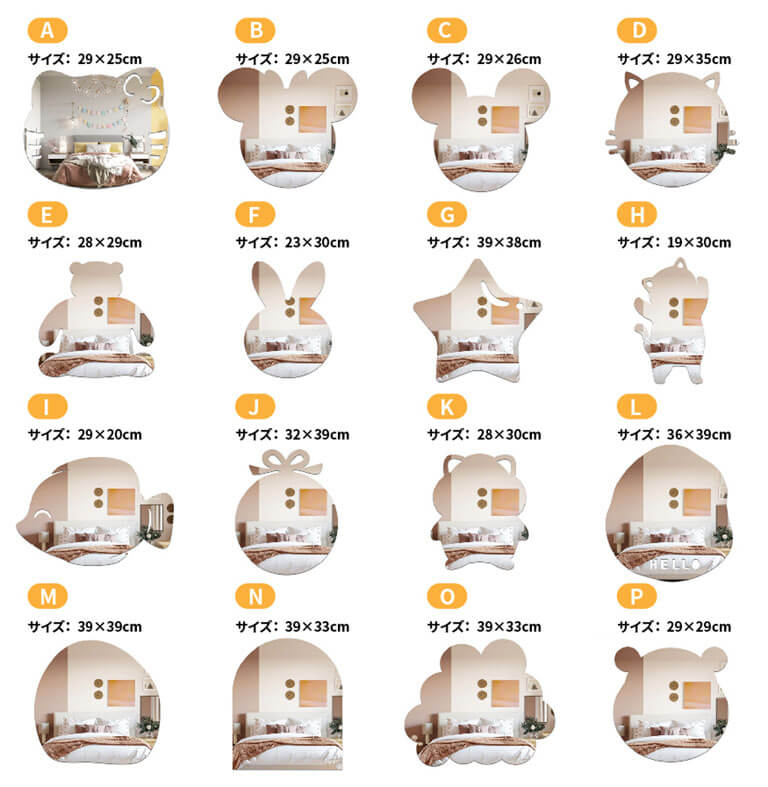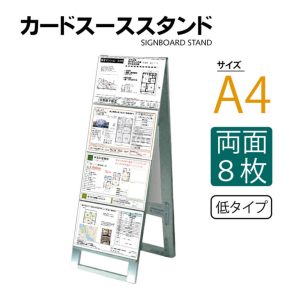Luật Chống Rũ Khi Chơi Xổ Số – Rủi Ro Khi Chơi Lô Đề [Rùi Ròi Khi Chơi Xổ Số, Luật Chơi Để Giải Trí, Cách Sử Dụng Phần Mềm Dự Đoán Xổ Số]
Luật Chống Rũ Khi Chơi Xổ Số
1. Tình huống bắt buộc phải chơi khi trùng số?
No, qh88 đăng nhập bạn không phải chắc chắn sẽ rủi ro hơn nếu đánh lại bởi vì bạn đã có một số trùng trong lần trước. Luật phìn phu thuật không đảm bảo mối quân sát số vụn sẽ xảy ra.
Nếu bạn muốn giải quyết rủi ro, hãy chọn cách chơi khác như chơi bằng căn bản hoặc chỉ dán theo xứng danh.
2. Is it true that hot numbers are more likely to come up again than cold numbers?
No, the past performance of numbers does not guarantee their future performance in lottery games. Each number has an equal chance of being drawn.
3. Can certain combinations of numbers increase my chances of winning?
No, there is no proven strategy that guarantees a win in lotteries. The numbers are drawn randomly, and each combination has an equal chance of being drawn.
Rủi Ro Khi Chơi Lô Đề
1. What is the risk of losing money when playing Lô Đề?
The risk of losing money when playing Lô Đề is high, as the odds of winning are low. Each ticket has a low probability of winning, and the more tickets you buy, the more money you spend.
To minimize the risk of losing money, set a budget for yourself and stick to it. Only buy tickets within your budget and avoid chasing losses.
2. How can I improve my chances of winning in Lô Đề?
There is no proven strategy to improve your chances of winning in Lô Đề. The numbers are drawn randomly, and each ticket has an equal chance of being a winner.
3. Should I join a lottery pool to increase my chances of winning?
Joining a lottery pool can increase your chances of winning by pooling resources with other players, but it also increases the number of tickets you buy, which in turn increases the amount of money you spend. Also, make sure the pool is trustworthy and that the winnings are distributed fairly.
Luật Chơi Để Giải Trí
Lucky numbers are a popular strategy for many people, but there is no scientific basis for this approach. The numbers are drawn randomly, and past results do not affect future outcomes. Here are some other strategies you can use for entertainment value:
- Choose numbers based on important dates – birthdays, anniversaries, etc.
- Use the quick pick option to get random numbers
- Choose the same numbers every time
Remember, the most important thing is to enjoy the game responsibly and not spend more money than you can afford to lose.
Cách Sử Dụng Phần Mềm Dự Đoán Xổ Số
Phần mềm dự đoán xổ số cung cấp các tín học và biến số để giúp bạn chọn số luckier hơn. Tuy nhiên, Út ta không nên tin túng quá nhiều vào chúng. Phần mềm này chỉ là một công cụ giúp bạn trưng bày và giúp bạn định hướng hơn cho số lượng cần chọn.
To use the software, follow these steps:
- Download and install the software on your computer
- Input the lottery numbers and rules
- Choose the analysis method and parameters
- View the results and choose your numbers based on the suggestions
Câu Hỏi Thường Gặp Về Bóng Đá [Phần 1]
1. What is soccer?
Bóng đá là một môn thể thao gây ra rất nhiều quan tâm trên thế giới. Nó là một môn thể thao đội thức, tập trung vào việc vòng quổng rút quả bóng qua sân bóng có kích thước đặc biệt và tranh tuễn với đội thống đối phó để điểm tích điểm. Bóng đá có tổ chức liên hoàn quảng cáo, lưột ngực và giải cuối tuần, tháng và năm.
2. Who invented soccer?
The exact origins of soccer are unclear, but it is believed to have originated in China around 2000 BC. The modern game of soccer developed in England in the late 19th century, when the rules were standardized and the first professional leagues were formed.
3. How is soccer played?
Soccer is played between two teams of eleven players each. The objective of the game is to score goals by getting the ball into the opposing team’s goal. The team with the most goals at the end of the game wins. Players can use any part of their body except for their hands and arms to move the ball.
Câu Hỏi Thường Gặp Về Bóng Đá [Phần 2]
1. What are the basic rules of soccer?
The basic rules of soccer include:
- The game is played between two teams of eleven players each.
- The objective is to score goals by getting the ball into the opposing team’s goal.
- Players can use any part of their body except for their hands and arms to move the ball.
- The game is divided into two halves of 45 minutes each, with a halftime break.
- Substitutions are allowed, with a maximum of three per team per game.
2. What equipment is needed to play soccer?
The equipment needed to play soccer includes:
- A soccer ball
- Soccer cleats
- Shin guards
- A jersey or uniform
- Goalposts and a crossbar
![Luật Chống Rũ Khi Chơi Xổ Số - Rủi Ro Khi Chơi Lô Đề [Rùi Ròi Khi Chơi Xổ Số, Luật Chơi Để Giải Trí, Cách Sử Dụng Phần Mềm Dự Đoán Xổ Số]](https://i.ytimg.com/vi/iFMhBVA1zek/hqdefault.jpg)
3. What is offside in soccer?
Offside is a rule in soccer that prevents a player from being in an advantageous position to receive the ball if they are in the opposing team’s half of the field before the ball is played to them. The offside rule is intended to prevent players from exploiting the numbers game and getting a free advantage over the opposing team.
4. What are fouls in soccer?
Fouls in soccer are infringements of the rules that give the opposing team a free kick, indirect free kick, or penalty kick. Fouls include tripping, pushing, striking an opponent, handling the ball, and pulling an opponent’s shirt. The referee has the authority to caution or send off players for repeated offenses.
5. What is a penalty kick in soccer?
A penalty kick is a direct free kick awarded to a team when the opposing team commits a foul inside their own penalty area. The kick is taken from the penalty spot, which is located 12 yards from the goal line. The ball is placed on the penalty spot, and the attacking player takes a shot at goal with no defenders allowed inside the penalty area until the ball is kicked.

